While negotiating with Washington, India also takes steps to diversify its foreign trade relations.
While negotiating with Washington, India also takes steps to diversify its foreign trade relations.
By Mehmet Enes Beşer
The re-election of Donald Trump as the President of America in November 2024 has initiated a new cycle of economic nationalism, prompting every nation in the world to redesign its practice of trade. India, as a developing economy and with a checkered experience of dealing with America in the past, is at the crossroads. Trade relation terms between America and India since the rise of President Trump’s “America First” are as much an experiment as a challenge that must be carefully studied.
Historical Context: A Prequel to Current Tensions
During Trump’s first term (2017-2021), American-Indian trade relations saw a mix of conflict and cooperation. Defense and strategic cooperation deepened, while economic disputes developed over tariffs, market access, and intellectual property rights. U.S. governmental grievances over Indian trade protectionism led to the termination of India’s privileges under the Generalized System of Preferences (GSP) in 2019. India also did not like America’s tariffs on steel and aluminum, a reflection of the bitterness in their economic relationship.
Trump’s Second Term: A Return to Protectionism
In President Donald Trump’s second term, he has seen his administration doubling down on the economic nationalist program of his first term. The overall direction of his economic policy remains “America First,” albeit with more emphasis on the United States lowering its trade deficit, reviving its domestic manufacturing sector, and curtailing perceived asymmetric trade practices by other nations. This followed a series of provocative trade measures, with far-reaching implications for India and other major U.S. trading partners.
Trump’s second term has also seen heightened emphasis on reversing trade deficits and domestic manufacturing. The administration had previously in 2025 suggested across-the-board tariffs of 10% to 20% for all imports, state-of-the-art tariffs targeting individual nations, including India. The action is in keeping with Trump’s campaign promises to protect American companies, but has gargantuan implications for nations that depend on the American market.
For India, the effects of these tariffs are particularly onerous on textile, pharma, and auto parts industries that have a high reliance on the American economy. India’s textile industry, one of India’s largest exports, will be hurt by decreased competitiveness predicated on higher United States importer costs. In the same vein, the pharmaceutical industry, in which India has been the world’s top generics drug manufacturer, can lose market share as higher tariffs render Indian drugs costlier to US consumers. Indian exports of cars and machinery, which have grown steadily over the last ten years, can be hit badly as tariffs render the cost of production more and cut down demand.
Apart from explicit protection of trade, non-tariff barriers are also a feature of Trump’s protectionism policy. The US administration has provided an indication to implement stricter quality inspection and regulation requirements for imported goods, particularly in food and pharma industries. It would be a de facto trade barrier and would additionally limit Indian exports’ access to the US market. Additionally, the administration’s “Buy American, Hire American” executive orders have put additional pressure on US businesses to procure goods and labor domestically, rather than from international suppliers.
Another cause of concern is that there could be more curbs on strategic technology exports. In Trump’s first term, there were curbs placed on the likes of China for high-end semiconductor technology and defense equipment. In his second term, there have been whispers about clamping similar curbs on exports of IT services and software, domains where India is the champion. It could severely affect Indian tech firms providing outsourcing and software development services to American clients.
These spillovers are not confined to trade. The US government’s bold outsourcing and foreign labor mobility policies, such as higher H-1B visa limits, also pose a challenge to Indian firms. By shutting down the inflow of Indian skilled workers into major sectors such as IT and engineering, Trump policies can cause Indian firms to relocate, seek new markets, or adopt an offshore delivery model.
With such headwinds’ weights, the Government of India has pursued a two-pronged approach via diplomacy and strategic diversification efforts. While embracing the reality that it is the moment to overturn the US shutdown in trade, India accelerated talks to initiate a free trade agreement with the EU, the UK, and other rising economies in the African continent and throughout Southeast Asia. At the same time, Indian authorities are trying to build local incentives as a way to build local manufacturing and limit reliance on importation from America, this being in accordance with India’s own “Make in India” policy.
With tensions still simmering, India remains caught between two considerations—while on the one hand it would appreciate friendly economic ties with America, on the other hand, it needs to guard itself against the dangers of being dependent on an American protectionist economy. Whether Trump’s tough trade stances will spur permanent structural transformation in U.S.-India ties or usher in a rebalancing to a more balanced one, only time will tell. But this much is sure: India will have to be ready to handle a more perilous world trade environment while seizing new opportunities to build economic resilience.
Strategic Responses: Diversification and Diplomacy
With such issues in mind, India is actively pursuing trade diversification relationships. Reenergizing negotiations of free trade agreements with the European Union and the United Kingdom is an example thereto in seeking to de-risk over-reliance on the U.S. market. Secondly, greater engagement with emerging economies in Southeast Asia and Africa may provide Indian exports with new market access.
Diplomatically as well, Indian leadership has been conciliatory. Prime Minister Narendra Modi’s visit to the White House in February 2025 was intended to defuse trade tensions and come to mutually acceptable terms. Both nations have voiced their intention to increase agricultural trade, reduce tariffs, and build industrial exports. But it is no small task navigating the contours of domestic political concerns and economic agendas.
Charting a Resilient Path Forward
As the tidal waves of global economies shift in the wake of the wave of the new protectionism in Trump’s second term, India is at a crossroads with challenges as much as opportunities for its bilateral trade with America. The higher tariffs, more stringent regulatory barriers, and the tougher line on labor mobility have pushed India’s export industries to the wall. Experience, however, has shown that economic adversity can energize resourcefulness, tenacity, and reconfiguration in a more versatile mold.
The evolving reality of U.S.-India trade relations speaks to the necessity of diversification and the creation of indigenous capabilities. Even as the United States remains an important market, India’s response to the above policy shifts ought to encompass the buildup of competitive trading groups. The recent attempts at reviving free trade agreement talks with the European Union, the UK, and Southeast Asia’s and Africa’s big economies are steps towards diversifying dependence on one huge market. India’s attempt to enhance regional economic integration of trade, particularly under the Comprehensive Economic Partnership Agreements (CEPAs) with the UAE and other Gulf nations, also reflects its intent to economically reach out further.
Economic policy reforms would also be essential to make India economically supreme in the long run. The need to accelerate the “Make in India” and “Atmanirbhar Bharat” (Self-Reliant India) program has never been more urgent. With a focus on ramping up domestic manufacturing, enhancing supply chain infrastructure, and developing innovation in pharma, IT, and renewable energy, India would be in a position to neutralize the impact of external economic coercion. This would not just benefit India’s international trading position but also help increase job creation and economic independence.
Diplomatically, India needs to balance the tight rope of promoting its economic interests without compromising the close bilateral relationship with America. The high-level meetings and trade talks by Prime Minister Modi with the Trump administration are evidence of India’s inclination to negotiate mutually beneficial deals while maintaining continued interaction. Sectors such as farm trade, IT, and export manufacturing provide good avenues of win-win business to de-stress trade tensions. Indian negotiators will need to be prepared to stand firm against unilateral protectionism but using its growing economic weight as a large consumer market and technology base.
India’s economic prospects in the future in the next few years will not just be shaped by how it responds to the challenges, but also by how it positively positions itself in a multipolar world trade order. The protectionism of the Trump administration would be a short-term pain. But it would also create space for India to firm up its economic fundamentals, increase its contribution to the global trade scene, and develop strategic partnerships that will serve its growth in the long run. With policy initiative, diplomatic adaptability, and diversification in the marketplace, India can map out for itself an aggressive path that not only absorbed the effect of external shocks but also cements its position as an upcoming economic giant in the global economy.
@Cover graphic by Times of India







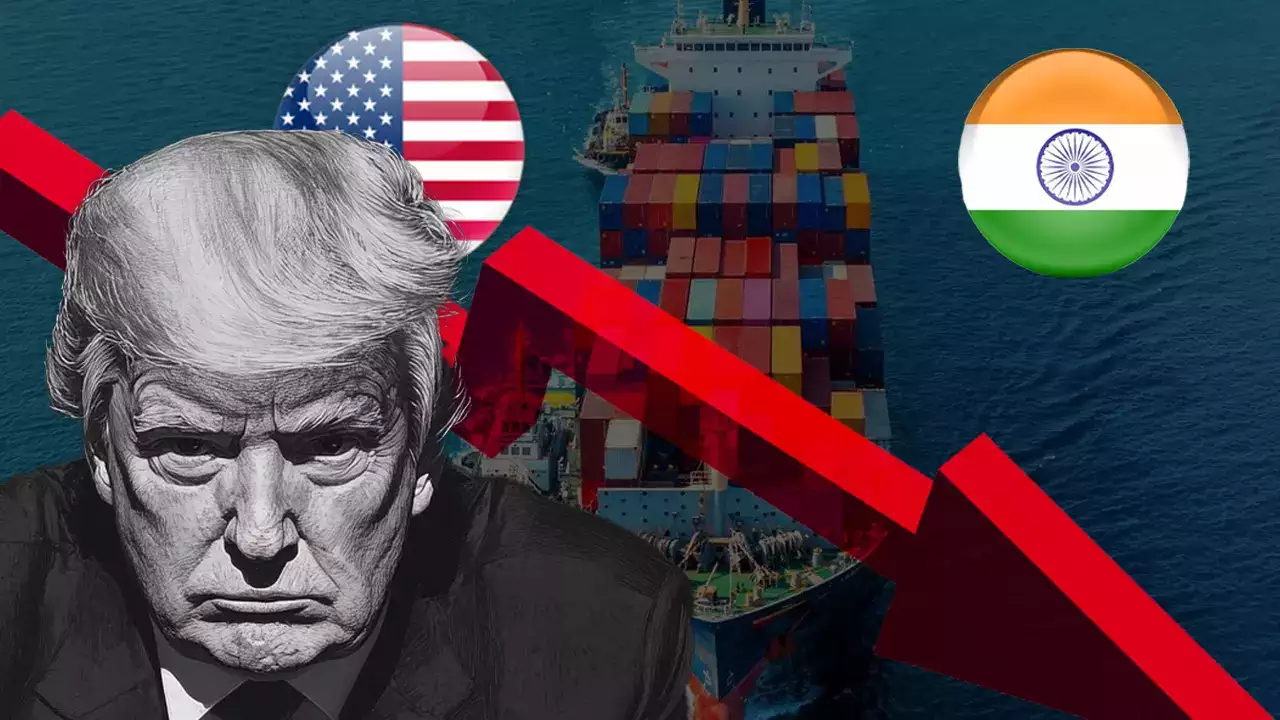
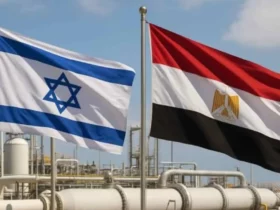


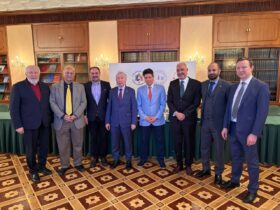
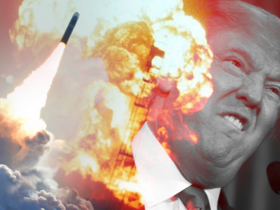
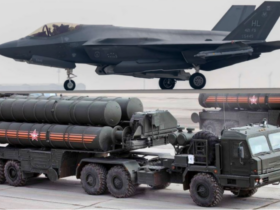
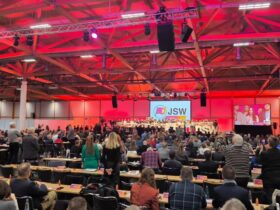

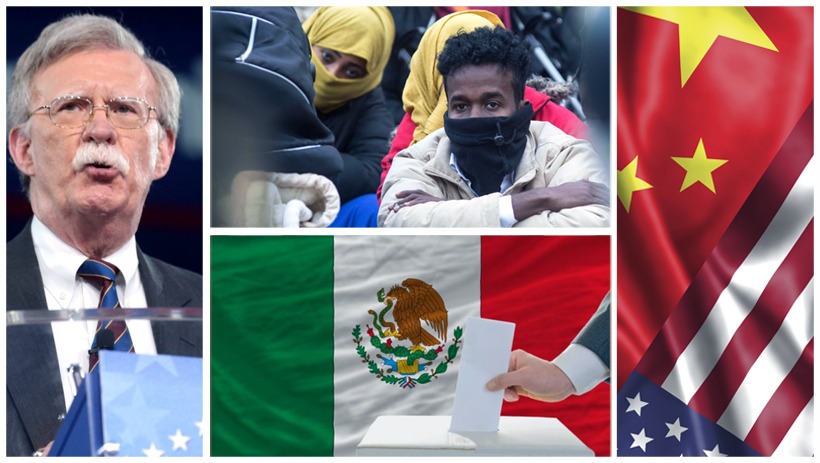
Leave a Reply